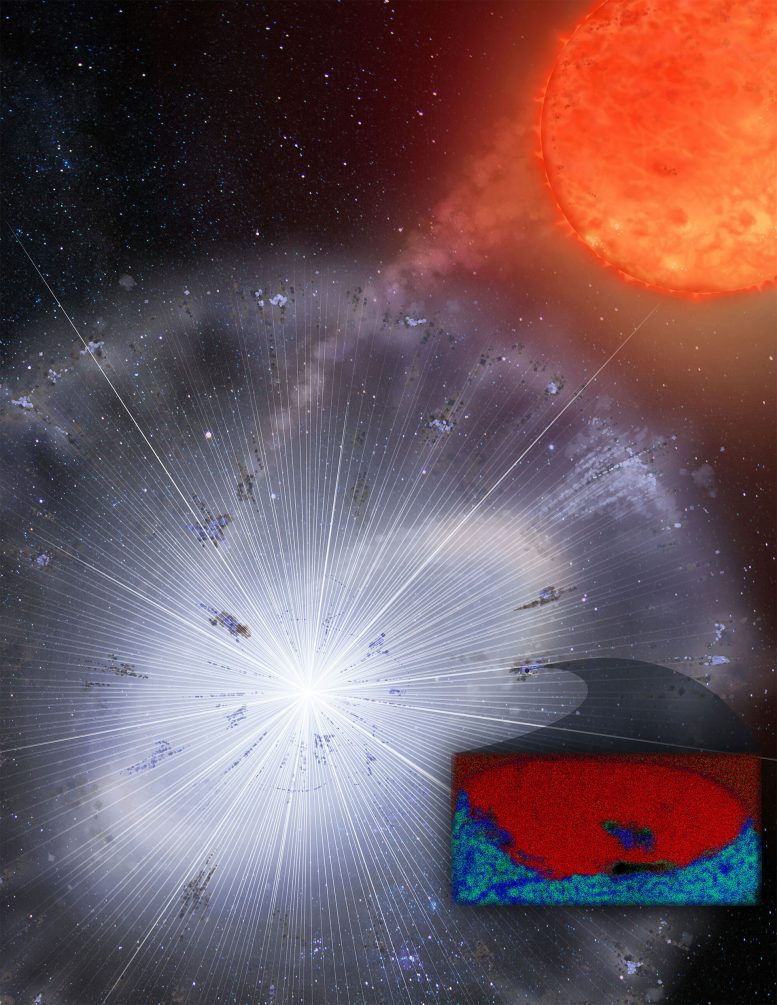
A team of researchers found a grain of stardust (inset image) that survived the formation of our solar system and analyzed it with instruments sensitive enough to identify single atoms. Measuring one 25,000th of an inch, the carbon-rich graphite grain (red) revealed an embedded speck of oxygen-rich material (blue), two types of stardust that were thought could not form in the same nova eruption. Illustration: University of Arizona/Heather Roper
The study of a tiny grain of stardust — older than our solar system — is shining new light on how planetary systems are formed.
The microbe-sized extraterrestrial particle, which originated from a nova explosion more than 4.5 billion years ago, was discovered inside a meteorite collected in Antarctica by the National Aeronautics and Space Administration (NASA).
Alongside planetary scientists at the University of Arizona (UA), the grain was studied last year at the atomic-level by Professor Jane Howe (MSE, ChemE) while she was a senior scientist at Hitachi High Technologies.
“This grain is presolar. It originated before the formation of the sun. It’s just amazing to analyze such an anomaly,” says Howe.
Using advanced ion and electron microscopes, Howe and the researchers observed the arrangement of carbon atoms and its variants, known as carbon isotope anomalies, and discovered the presolar graphite grain contained oxygen-rich silicates — something they did not expect to see.
The researchers’ observation gives new insights into the conditions of a dying star. It also contradicts the scientific hypothesis that the two types of stardust material, oxygen- and carbon-rich — which are presolar building blocks in the formation of a solar system — could not form in the same nova outburst, under the same conditions.
The international collaboration, which includes Howe, planetary scientists, astronomers, and material scientists at UA, Washington University in St. Louis, Polytechnic University of Catalonia in Spain, and Hitachi High Technologies in the U.S. and Japan, published their findings today in Nature Astronomy.
“Sometimes research is about satisfying your curiosity. One of the greatest curiosities is how the universe was formed and how life started,” says Howe. “And this weirdo particle showed us something we didn’t know before.”
Howe, who joined U of T Engineering in January 2019, is currently using her electron microscopy expertise to study materials to advance renewable energy, and also plans to expand her work to include meteoritic materials science research.
“I thought this research project was really exciting, and I’m a curious person by nature. At the time, it was just part of my job assignment, but now it’s starting to become part of my research portfolio,” says Howe.
Howe hopes to further her collaboration with researchers at UA. In addition, she recently began a collaboration with U of T Professor Kim Tait (Earth Sciences), who is also the senior curator of mineralogy at the Royal Ontario Museum to study its collection of meteorites.
And, in September 2023 when the UA-led NASA OSIRIS-Rex mission returns to Earth after taking samples of carbon-rich asteroid, Bennu, Howe will be among the team of Canadian researchers to analyze its samples.
“This kind of research, it’s part of a much larger debate of how life started on Earth. We all care about who we are and where we came from,” says Howe. “I’m so excited to be part of advancing our knowledge in this.”
Reference: “Laboratory evidence for co-condensed oxygen- and carbon-rich meteoritic stardust from nova outbursts” by Pierre Haenecour, Jane Y. Howe, Thomas J. Zega, Sachiko Amari, Katharina Lodders, Jordi José, Kazutoshi Kaji, Takeshi Sunaoshi and Atsushi Muto, 29 April 2019, Nature Astronomy.
DOI: 10.1038/s41550-019-0757-4

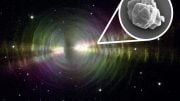
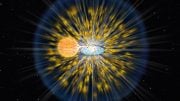
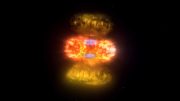

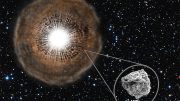

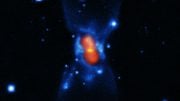
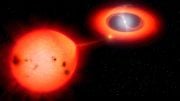
Be the first to comment on "Stardust Shines New Light on the Formation of the Solar System"